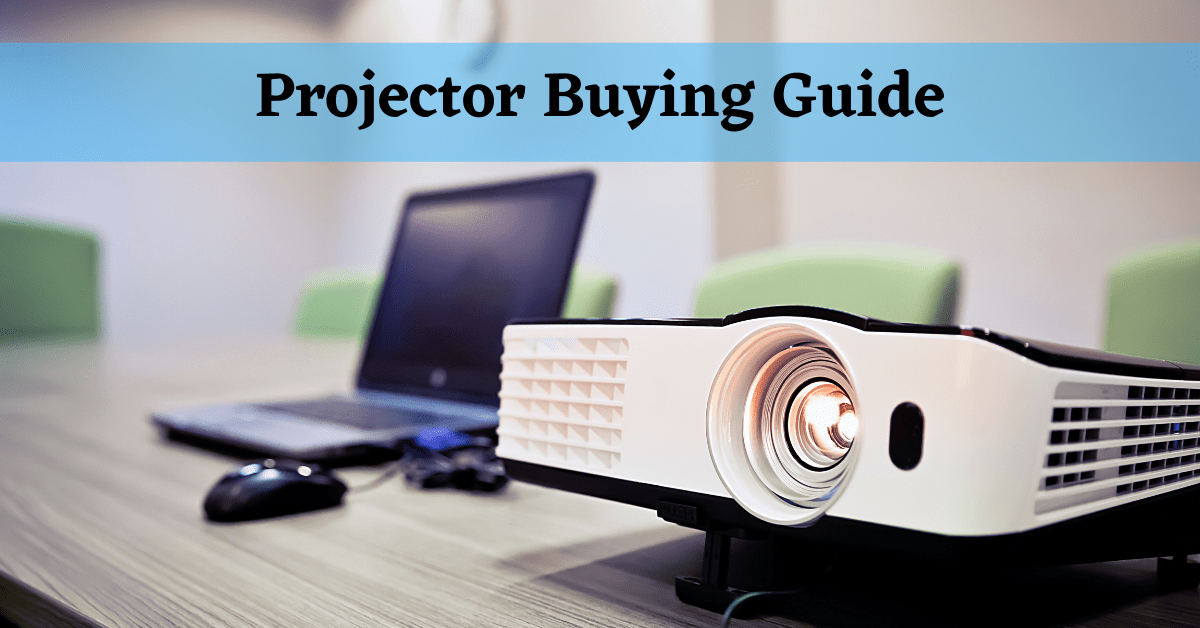Last Updated on June 30, 2024 by Admin
Projectors are cheaper than TVs, but it is a one-time purchase. Therefore, you need to make sure you buy the Best Projector. However, there isn’t no such thing as the “Best” Projector. All Types of Projectors have their Pros and Cons. So, depending on your needs and usage, we need to decide which Projector is Best suitable for you. This Projector Buying Guide will help you understand What to Know When Buying a Projector. And based on that, you need to choose Which Projector suits you the best.
Page Contents
Projector Buying Guide 2022:
Before we even begin on What things you need to look in a Projector, we want you to make sure why you want a Projector and where you are going to use it.
Purpose:
So, what is the purpose behind buying a Projector? Whether you want to buy a Projector for Home Purpose to replace TV, watch movies, play games, etc. Or, do you want Projector for Professional usages like displaying presentations in schools, colleges, or offices?
Throughout this guide, you have to keep the purpose of buying a Projector in your mind. Because different Projectors are suitable for different purposes.

Surroundings & Conditions:
Now that you have decided for what Purpose you want a Projector, you need to decide where you want to use it. If you want to shift the Projector from room to room, you would need a Portable Projector like Pico Projector.
You should also consider the Room Size, Screen Size, and Ambient Light in your room, which we are going to discuss next in this article.
What to Know When Buying a Projector:
Room Size:
The Projector needs to be placed at a certain distance from the screen. If you want a big size screen, you may have to place the Projector at a far distance. Therefore, according to your room size, you need to decide whether you want Long-Throw Projector, Short-Throw Projector, or Ultra Short Throw Projector.
We have written a detailed article on the difference between Ultra Short Throw Vs Short Throw Vs Long Throw Projector.
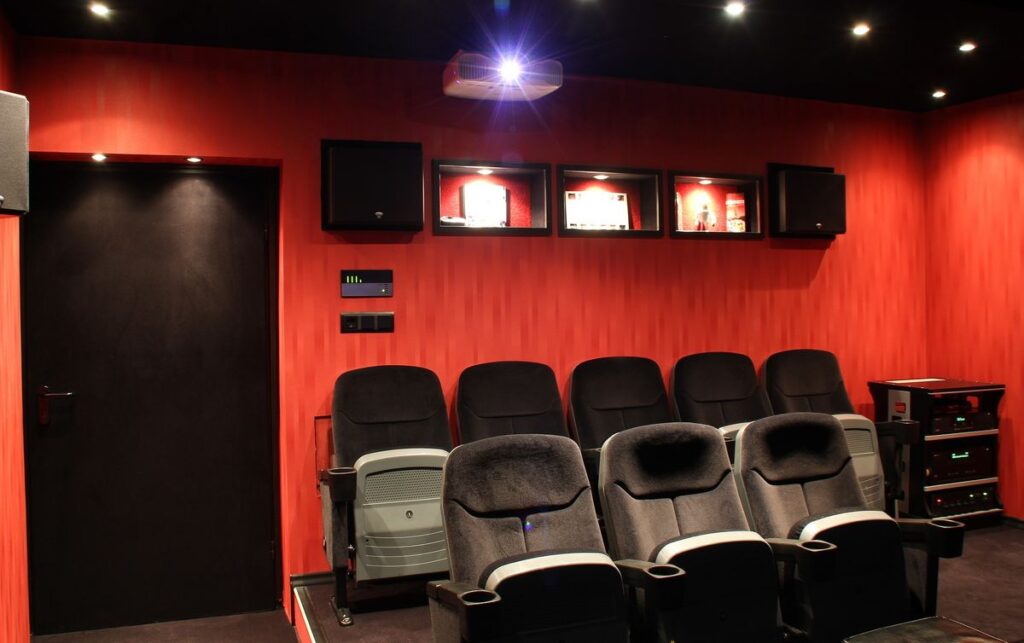
Throw Distance:
If you are confused about whether the Projector is a Long Throw or Short Throw, you should look at its Throw Ratio.
The Throw Ratio is the ratio between the Width of the Image and the Throw Distance.
A Short Throw Projector has a Throw Ratio between 0.6 to 0.8.
Whereas, the Throw Ratio of an Ultra Short Throw Projector should be 0.4 or less. If the ratio is more than 1, it is a Long Throw Projector.

Projection Technology:
The very first thing you should consider before buying a Projector is Projector Technology. There are three types of Display Technologies by which the Projector works, that are DLP, LCD, and Laser.
We have explained How Do Projectors Work, in our previous article.
In short, DLP is the older technology, which uses a bulb as the Light Source, and is very affordable. LCD is an improved technology that provides better colors, but the filter’s maintenance could be high. Laser is the latest technology where the Light Source is a Laser that produces the best picture quality. However, Laser Projectors are very expensive.
Lumens:
For the Projector Lumens Guide, you can check out this detailed article on What Is Lumens in Projector. In short, Lumens is the brightness level of a Projector. So, how many lumens you need in a Projector depends on the Room Size and your Surroundings.
If you are using the Projectors in the outdoors, you might need a 5000 Lumens Projector.
But, if you want to use it indoors, in daylight, in a room with windows, you might need a Projector with 3000 Lumens.
However, if you can control the Ambient Light and completely darken the room, 1000 – 2000 Lumens Projector is more than enough.
Now, we should also consider the screen size here. A bigger screen size requires more Lumens.
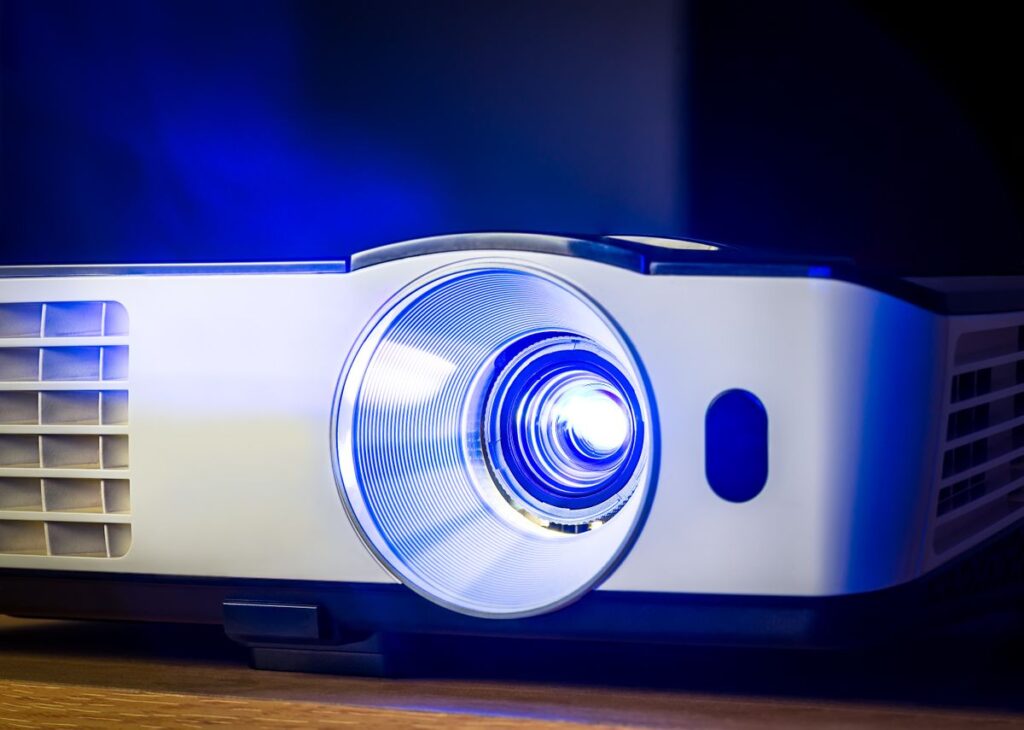
Screen Size:
Before you even buy a Projector, you should decide where you want to Project it, and how much longer.
If the screen size is bigger, you might want to get a long throw Projector. However, it also depends on the Room size and Ambient light.
If the room size is Medium, you should buy a Short Throw Projector, and if the room is very small, you should get an Ultra Short Throw Projector.
Note that an Ultra Short Throw Projector can only Project up to 150 feet, and are really expensive.
Screen Type:
There are several Types of Projector Screens as we have mentioned in one of our previous articles. So, if you purchase an ALR Screen, you can get a less Lumen Projector and save cost.
Resolution:
You also need to choose how much resolution you want to Project the image. Basic Projectors come with HD resolution (720p), that is 1280 pixels width and 720 pixels height.
However, we recommend our readers to get at least a Full HD resolution Projector. That is 1080p – 1920 pixels wide and 1080 pixels tall. Even if you plan to use a smaller screen size, 1080p will display clear images.
And, if your budget allows, you can go for 4K Projectors. 8K Projectors are still under development and costs way too much.
NOTE: Most Projectors SUPPORT 4K resolution, but do not PROJECT it. There is a difference between supporting content and projecting it. So, when a Projector company says the Projector can support 4K videos, that means you can play 4K videos in it. However, the image you get on the surface won’t be 4K unless you buy a 4K Projector. The same goes for Full HD and 8K resolution.
Contrast Ratio:
The Contrast Ratio is the ratio between white and black levels. The higher the ratio is, the better black and white colors you get. To say in simpler words, the difference between the brightest color and darkest image in an image is called Contrast Ratio.
An average Projector has a Contrast Ratio of 1500:1. However, I would recommend you to pick a Projector that has a Contrast Ratio of 2000:1 or more for better picture quality.
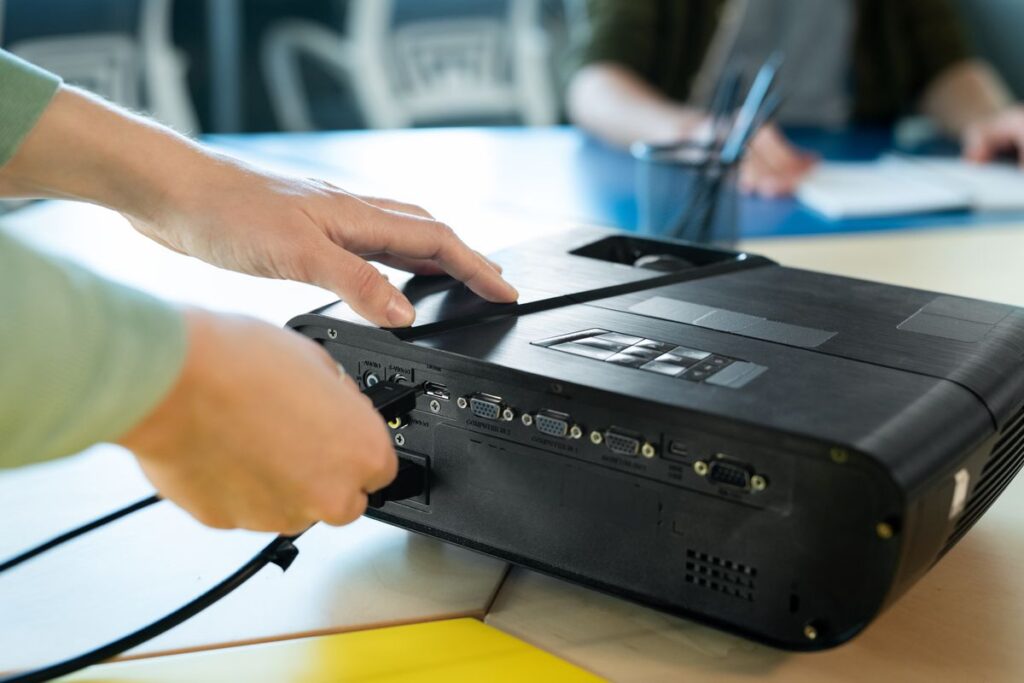
Connectivity Type:
This is the thing that most people ignore. But, I think that this is one of the most important things to consider before buying a Projector.
There are different ways to connect your device to the Projector, through VGA, HDMI, etc. So, if your device has a VGA port and the Projector only has HDMI Port, you cannot connect them. Therefore, the Projector is of no use for you.
Also, What to Know When Buying a Projector is whether it has a WiFi connectivity feature. With the WiFi feature, you can connect your mobile and other devices to the Projector.
Therefore, make sure the Projector has maximum connectivity options.
Sound:
Some Projectors have built-in speakers. However, if you ask me, I wouldn’t consider the speakers in Projectors, as the quality of sound from them is very poor. If you want better sound quality, you MUST get external speakers, whether or not your Projector has built-in speakers. So, you can ignore this feature if you are planning to buy speakers.
Zoom capability:
Here is another feature that most people seem to ignore. Some Projectors have a Zoom feature that allows you to adjust the screen size without moving the Projector. Or else, you should move the Projector front and back to adjust the required screen size.
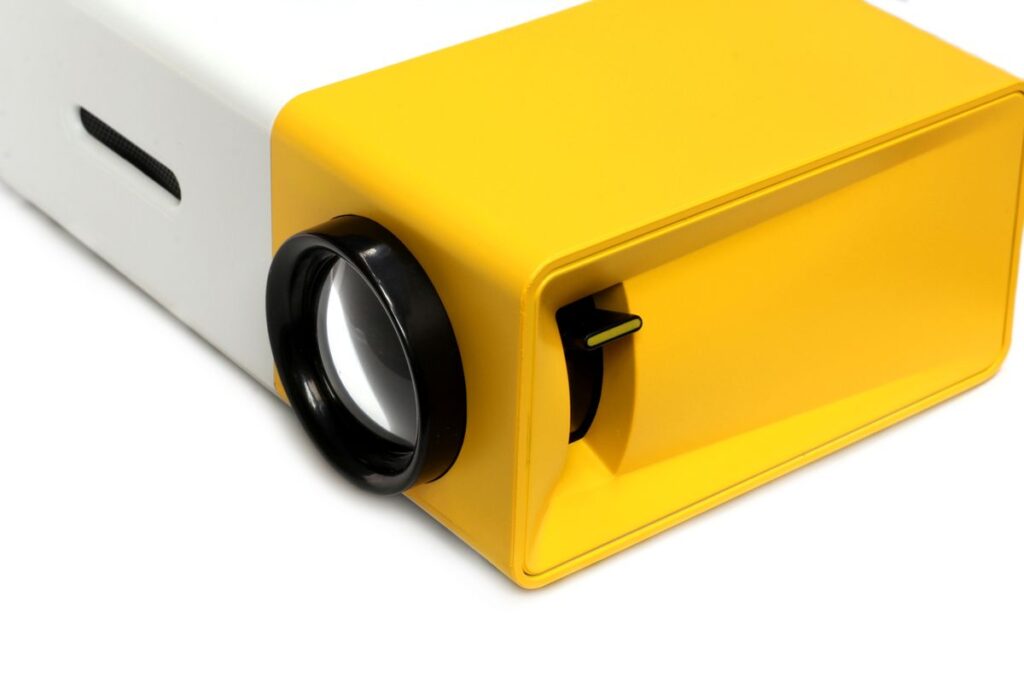
Final Words:
In this article, we have explained to you What to Know When Buying a Projector. However, it completely depends on three things.
- Your Purpose
- Surrounding (Space & Light)
- Budget
Even budget plays an important role in purchasing a Projector. If you don’t have enough budget, you might have to drop some features and requirements. If you choose a Projector based on this Projector Buying Guide, I’m sure you will pick up a better Projector than what the Shopkeeper would offer.

